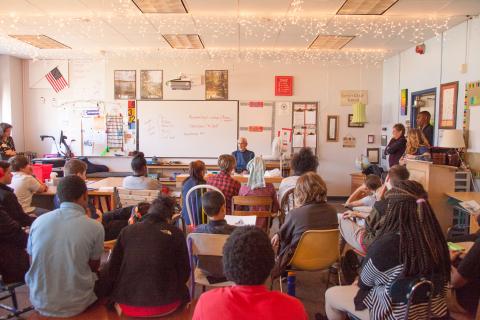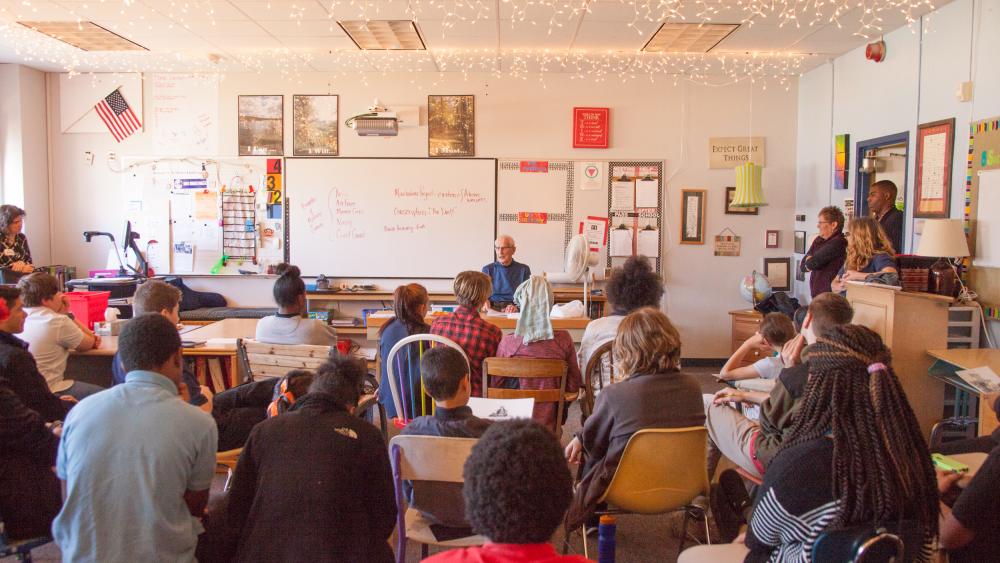In Part III of our Service-Learning in a Rural vs. Urban Setting series, we discuss the cost, if any, that might come along with planning and implementing service-learning projects. This article is intended to introduce some of the differences that may come up when planning and implementing service-learning activities in rural vs. urban contexts.

Funding/Financial Assistance
Urban
At the beginning of the school year, it is a great idea to check with your principal to identify what funding is available in your school for service-learning projects or field trips. Having that number in mind will help set the limits of a new project or give you ideas for setting fundraising goals.
If you wait too long to check in with school administration, chances are that money (if there is any) will already be signed away to other trips and projects. If there is no money available or if the money is not enough, you may still plan your project by writing a project proposal. A well planned proposal is great for creating service-learning project options with either (a) full funding or (b) limited to no funding. A project proposal helps you create the full vision of the project, as well as a backup option if the funding does not come through.
How do you find funding with a project proposal? It isn't difficult to find opportunities and complete a grant application if you have your vision ready. Conduct Internet research to find local and national grants for teachers related to the issue area or youth service in general. You may find support through government entities, corporations (like Lowe’s, Home Depot, Michael’s, Walmart, etc), or nonprofits, like Learning to Give. Share your full vision in a project proposal and follow the necessary steps to apply, and your chances of securing funding with nearly double. If your project is not selected, then you will have your backup plan with the more limited or zero funding. Remember, philanthropy education, or teaching students the cycle of giving, does not necessarily have to include a field trip or big service project. Big differences can be made with language and community encouraging activities!
Rural
Just as with community partners and supports, lack of funding in rural districts can often be an issue when trying to implement high quality service-learning projects. Again, coordinating with other local districts, or even regionally, can open many doors.
Sharing your project plans and successes in a public celebration and through the publication of your service-learning story can play a key role in encouraging rural communities to support and invest in service-learning. Rural newspapers and school district social media pages are great places to make your students’ innovative work known. Even in smaller towns many people, especially those without kids, do not know what is happening in their schools. The more people can see the results of service-learning, the easier it will be to build connections with partners (and potential funders!). For tips on how to share your students service-learning projects with your local media, check out our recent article: A Media Quick Guide.
Whether you live in a rural place or an urban one, you are the expert on your own community. That expertise, when paired with resources like the lesson plans and resources on Learning to Give, can be used to make some truly transformative service-learning projects for both your students and your community.
Part I: Community Partnerships
Guest blog by Megan Lendman, Grand Rapids Public Schools Service-Learning Coordinator: 2015-17 Michigan Nonprofit Association AmeriCorps VISTA, and Tyler Augst, Service-learning Coordinator for Eastern Upper Peninsula Intermediate School District
